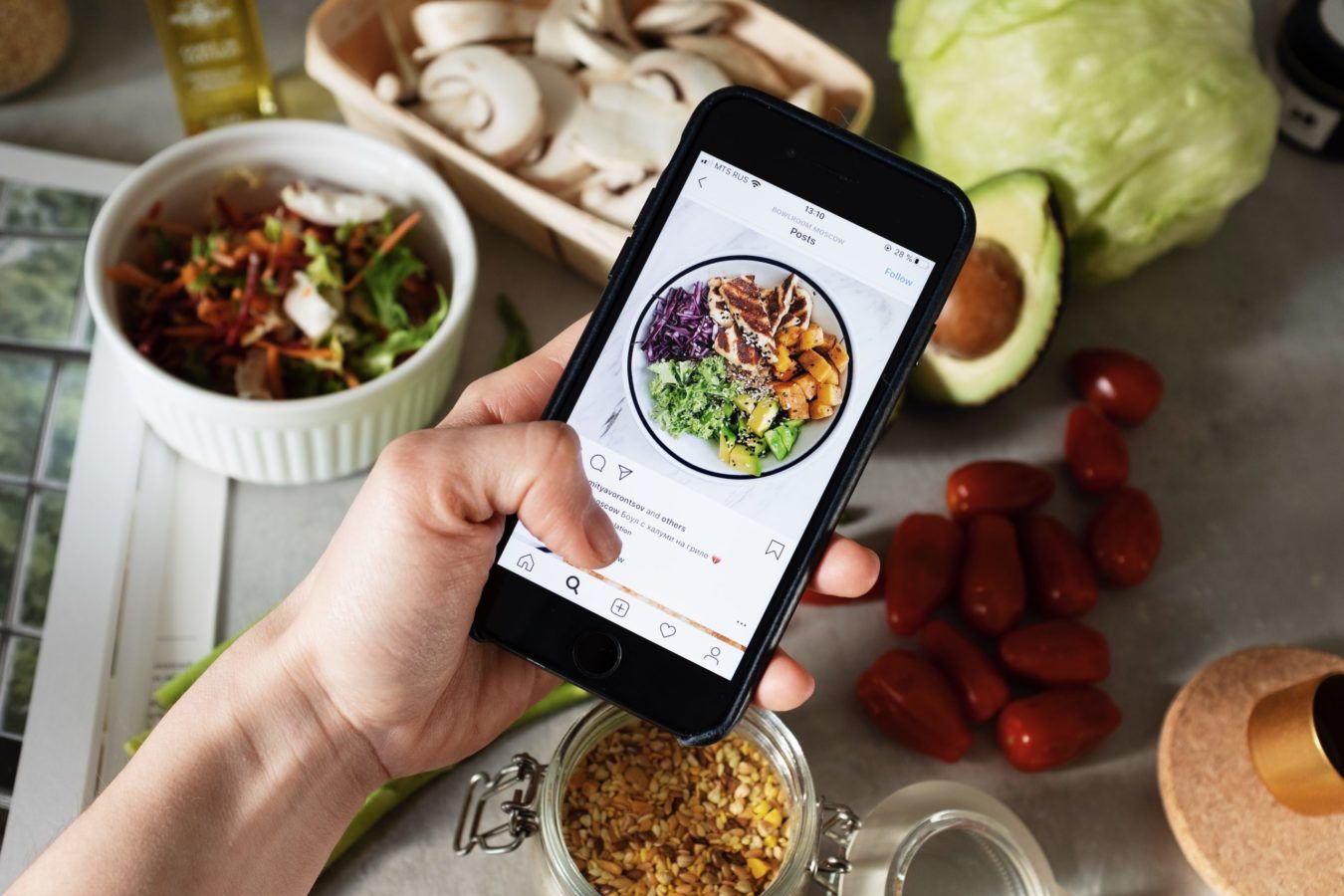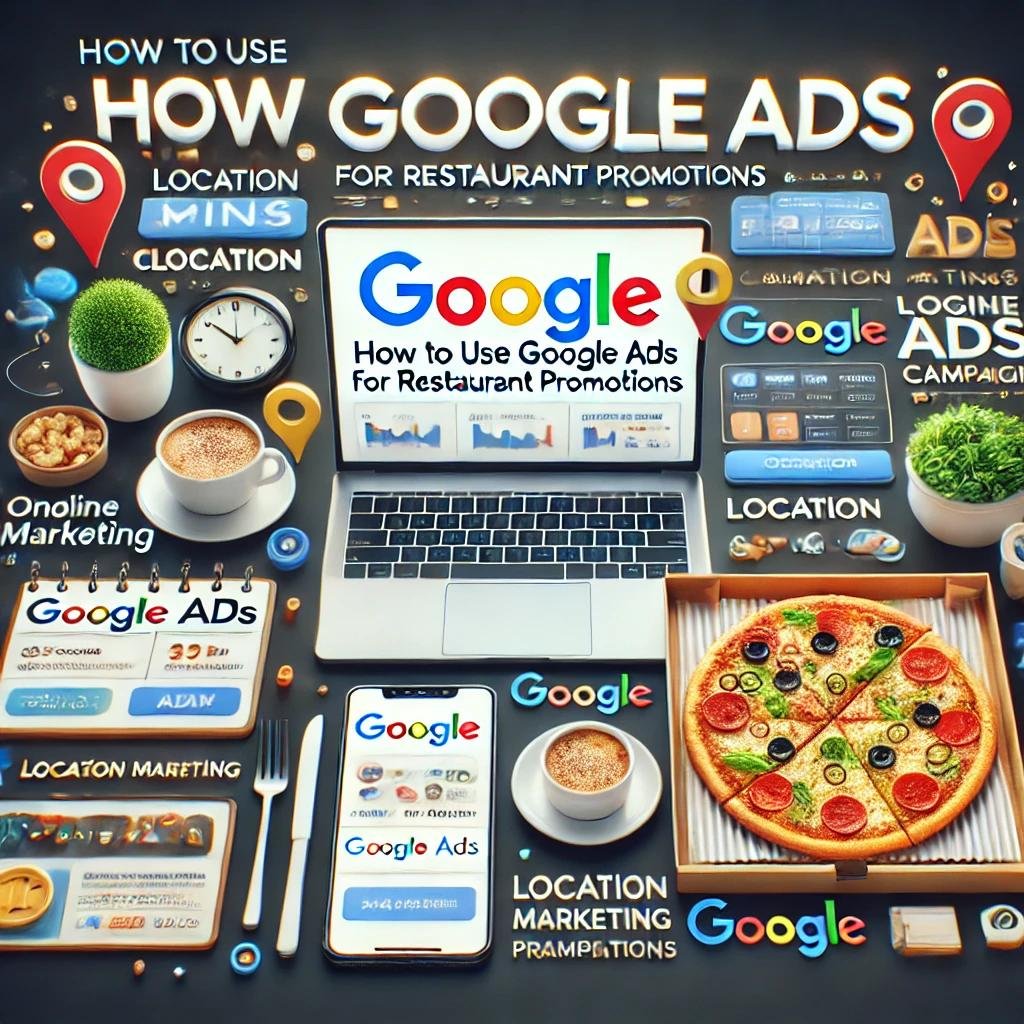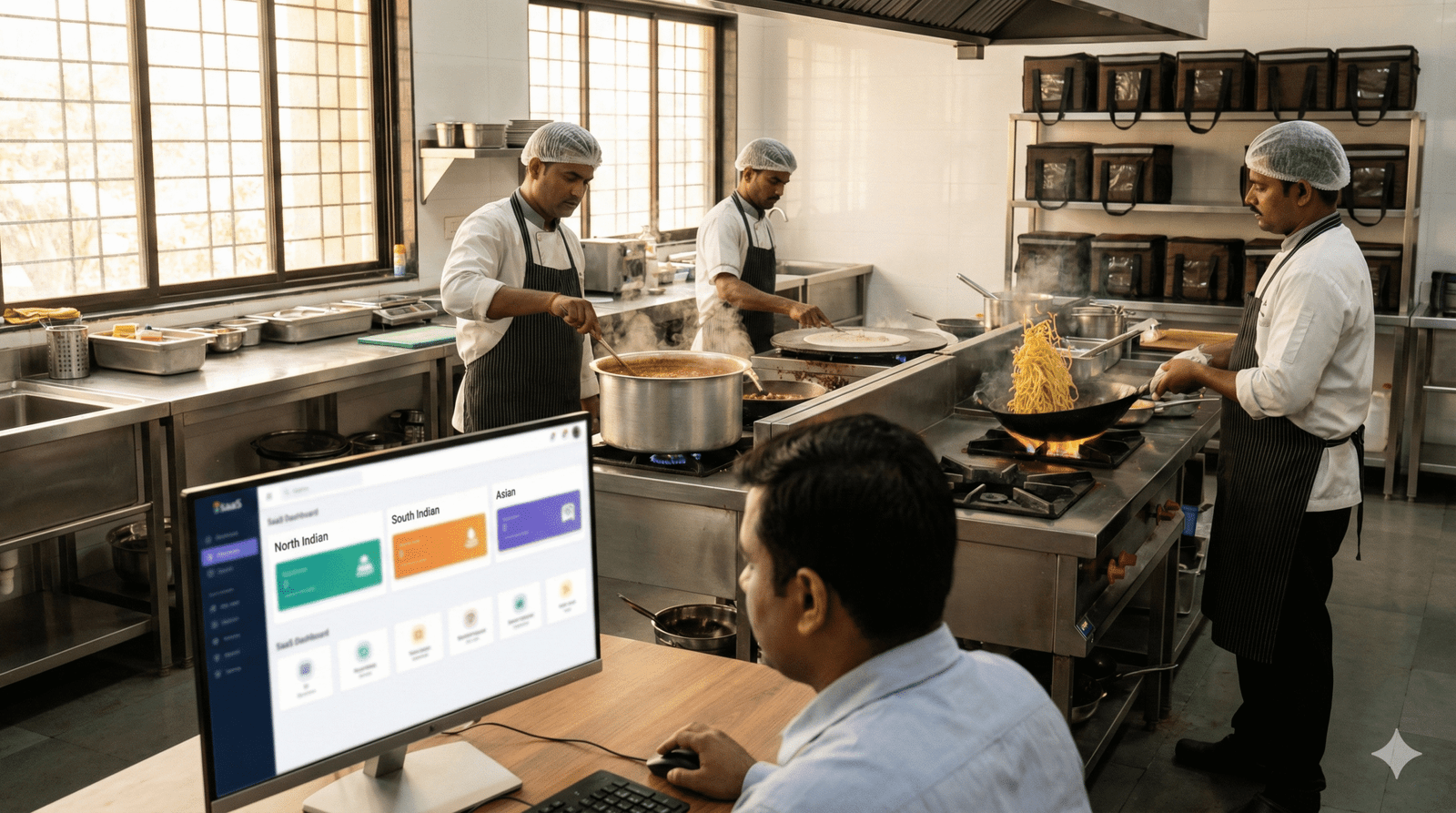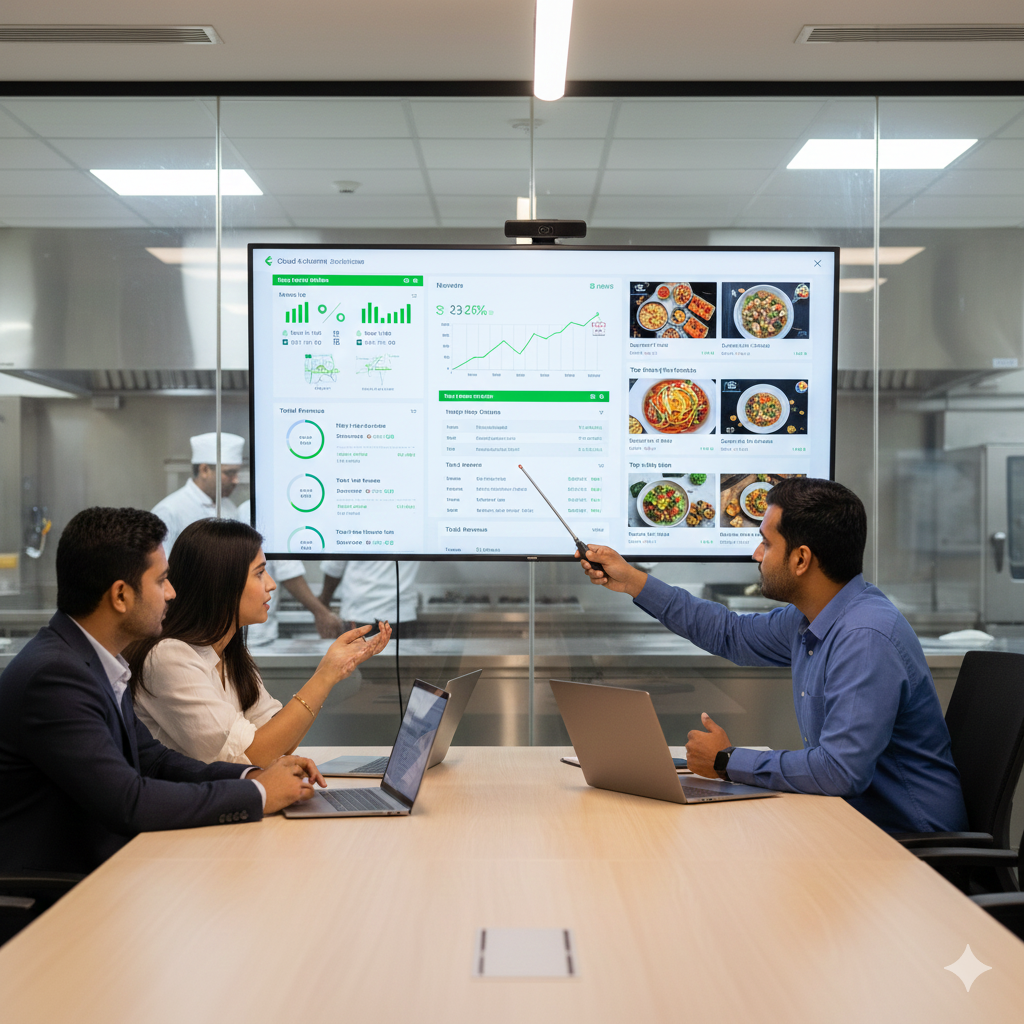Promoting your restaurant effectively is essential to attract new customers and retain loyal patrons. Google Ads is a powerful tool that enables restaurants to reach their target audience with precision and maximize their marketing efforts. In this guide, we’ll walk you through how to use Google Ads for successful restaurant promotions.

1. Understand Your Goals
Before launching a Google Ads campaign, define your objectives. Common goals for restaurants include:
- Increasing foot traffic to your restaurant.
- Promoting special offers or discounts.
- Boosting online orders and deliveries.
- Building brand awareness in your local area.
Clear goals will help you choose the right campaign type and measure success effectively.
2. Choose the Right Campaign Type
Google Ads offers various campaign types that cater to different objectives. Here are the most relevant ones for restaurants:
- Search Campaigns: Target users searching for terms like “best restaurants near me” or “top pizza places.”
- Display Campaigns: Use visually appealing banners to promote your offers on websites and apps.
- Local Campaigns: Drive foot traffic by promoting your restaurant to people near your location.
- Performance Max Campaigns: Automate your ads across multiple Google platforms, including YouTube, Gmail, and Search.
3. Target the Right Audience
Effective targeting ensures your ads reach the right people. Use these targeting options:
- Location Targeting: Focus on users within a specific radius of your restaurant.
- Demographic Targeting: Narrow down your audience based on age, gender, and income levels.
- Interests and Habits: Target users who frequently dine out or search for restaurants online.
- Custom Audiences: Reach people who have visited your website or interacted with your business before.
4. Craft Compelling Ad Copy
Your ad copy should grab attention and encourage users to take action. Follow these tips:
- Highlight Unique Selling Points: Mention what sets your restaurant apart, such as “authentic Italian cuisine” or “farm-to-table freshness.”
- Include a Call-to-Action (CTA): Use phrases like “Order Now,” “Reserve a Table,” or “Visit Today.”
- Promote Special Offers: Showcase discounts, combo deals, or happy hour timings.
5. Use High-Quality Visuals
For Display and Local campaigns, visuals are critical. Invest in:
- High-resolution images of your best-selling dishes.
- Videos showcasing your restaurant’s ambiance or chef at work.
- Engaging banners with vibrant colors and readable text.

6. Optimize for Local Searches
Local SEO plays a crucial role in restaurant promotions. Enhance your Google Ads with:
- Location Extensions: Add your address, phone number, and a link to Google Maps in your ads.
- Call Extensions: Allow users to call your restaurant directly from the ad.
- Google My Business Integration: Ensure your listing is up-to-date with accurate information Restaurant Promotions.
7. Leverage Google Ad Extensions

Ad extensions provide additional information and make your ads more clickable. Useful extensions for restaurants include:
- Sitelink Extensions: Link to pages like your menu, reservations, or contact form.
- Promotion Extensions: Highlight ongoing offers or discounts.
- Callout Extensions: Emphasize features like “free parking” or “vegan options available.”
8. Set a Realistic Budget
Decide how much you’re willing to spend on your campaigns. Start small and scale up as you analyze performance. Restaurant Promotions Use the following tips:
- Daily Budget: Set a daily limit to control spending.
- Bidding Strategy: Use automated bidding for beginners or manual bidding for more control.
- Cost-Per-Click (CPC): Monitor your CPC to ensure it aligns with your budget.
9. Monitor and Optimize Campaign Performance

Regular monitoring and adjustments are key to a successful Google Ads strategy. Track metrics such as:
- Click-Through Rate (CTR): Indicates how well your ad captures interest.
- Conversion Rate: Measures how many users take desired actions, like placing an order or visiting your restaurant.
- Cost Per Acquisition (CPA): Shows how much it costs to acquire a customer.
Optimize your campaigns by:
- Pausing underperforming keywords.
- Adjusting bids for high-performing locations or times.
- Testing different ad copies or visuals.
10. Retarget Potential Customers
Retargeting keeps your restaurant top-of-mind for users who have interacted with your website or ads. Use:
- Dynamic Remarketing: Show personalized ads featuring dishes users viewed on your website.
- Display Remarketing: Remind users about your restaurant through banner ads.
- YouTube Remarketing: Use video ads to re-engage potential customers.
11. Promote Online Ordering and Reservations
Encourage users to take immediate action by:
- Linking directly to your online ordering or reservation platform.
- Offering discounts for first-time online orders.
- Highlighting convenience features like “contactless delivery” or “instant booking.”
12. Utilize Seasonal Promotions
Capitalize on seasonal trends and events to attract more customers. Examples include:
- Festive discounts during holidays.
- Special menus for Valentine’s Day or Mother’s Day.
- Limited-time offers for local events or festivals.
Conclusion
Google Ads is a powerful tool for restaurant promotions, enabling you to reach your target audience effectively and achieve measurable results. By setting clear goals, crafting compelling ads, and continuously optimizing your campaigns, you can boost foot traffic, increase online orders, and grow your restaurant’s visibility. Start small, experiment with different strategies, and watch your restaurant thrive in the competitive food industry.





